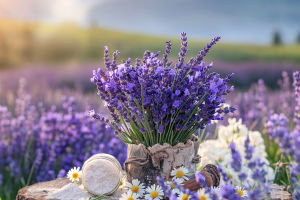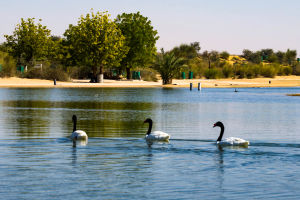Good Day, Lykkers! Rivers are dynamic subjects in photography—constantly in motion, influenced by light, weather, and human activity.
When fishing boats enter the scene, they bring an added layer of cultural depth and storytelling potential.
Capturing these elements in their most expressive form demands more than technical skill—it calls for environmental sensitivity, an understanding of motion, and a refined compositional eye.
1. Reading the Water: Understand Before You Shoot
Successful river photography begins with observation. Each water body behaves differently depending on its source, flow rate, depth, and surroundings. Calm rivers tend to offer mirror-like reflections, while swifter currents reflect more scattered light, producing flickering highlights and uneven textures.
Before lifting the camera, assess the river’s direction, flow velocity, and how these interact with the movement of boats. Recognizing these subtle behaviors allows for better prediction of how boats will appear in the frame, how light will behave on the surface, and where composition opportunities will emerge.
2. Light Behavior Over Water: Timing Is Everything
Rivers respond uniquely to natural light. During early hours, moisture and air temperature differences often produce mist, adding atmospheric depth to photos. This haze, combined with the low angle of sunlight, softens shadows and enhances contrast in a delicate way—ideal for highlighting boats preparing for a day’s work.
Late afternoon light introduces warmth and elongated shadows, often producing layered compositions with both water and shoreline elements. By contrast, midday conditions typically result in flatter images with harsh reflections. During such times, positioning becomes vital. Shooting at a downward angle or finding shaded areas can help minimize glare and retain detail.
3. Capturing Motion: The Art of Stillness and Flow
Rivers and boats are both mobile subjects. Capturing their essence often requires choosing between freezing motion or emphasizing movement. For sharp, clear images of boats in action, shutter speeds above 1/500s are recommended. However, slower exposures—ranging between 1/4s to 1s—can be creatively used to blur water flow while keeping the boat sharp, achieved by tracking the boat’s movement during exposure.
To create visual contrast, use long exposure techniques to smooth turbulent water while a moored boat remains still. This juxtaposition adds drama and focus to the image, reinforcing the subject’s presence amid natural forces.
4. Composition That Tells a Story
A well-composed image does more than show—it communicates. When photographing fishing boats, consider the context: Is the boat alone, symbolizing solitude or tradition? Is it among many, indicating a community at work? Incorporate leading lines from the riverbank, rope patterns, dock structures, or boat trails to guide the viewer’s eye.
When available, foreground elements—such as grass, rocks, or even water droplets on a lens filter—can add depth and texture. Meanwhile, background choices affect the narrative: misty hills suggest tranquility, while industrial silhouettes may contrast sharply with traditional fishing activities.
5. Optimal Technical Settings for River Photography
Technically, rivers present both challenges and opportunities. A versatile aperture range of f/8 to f/11 ensures sufficient depth while maintaining sharpness. ISO should remain low, ideally between 100–400, to capture fine details in water patterns, boat textures, and sky gradients.
In fluctuating light conditions, switching to manual mode provides greater control. Metering should prioritize mid-tones, especially when scenes include both bright reflections and shaded boat interiors. Use spot metering when focusing on subjects inside the boat to ensure proper exposure of skin tones, fabrics, or catch baskets.
6. Details Matter: Beyond the Wide View
River photography is not limited to expansive scenes. Zooming in on smaller elements—such as aged boat paint, water dripping from nets, or hands gripping oars—reveals emotion and human connection. Such frames enrich photo collections by adding texture and variation. Textures of wood, worn ropes, and patterned reflections provide visual interest even in low-action scenes. These details convey the quiet moments between labor and movement, where atmosphere takes the lead over action.
7. Seasonal and Environmental Considerations
Seasonal shifts significantly affect river photography. In dry seasons, water levels may drop, exposing riverbeds and altering boat paths. This opens up new perspectives but may reduce reflections. During rainy months, currents intensify, and debris increases—both of which affect composition and safety.
Photographers should also be mindful of local ecological practices and avoid disturbing fishing activities or natural habitats. Observing from a respectful distance and using longer focal lengths can maintain intimacy without intrusion.
Through an understanding of water behavior, light interaction, motion dynamics, and cultural context, one can transform fleeting river scenes into meaningful visual narratives. With every shutter click, the goal should be to reflect not just the beauty of the moment, but the deeper story behind it!
Introduction to Fishing Photography, Top 3 tips.
Video by Camera House


